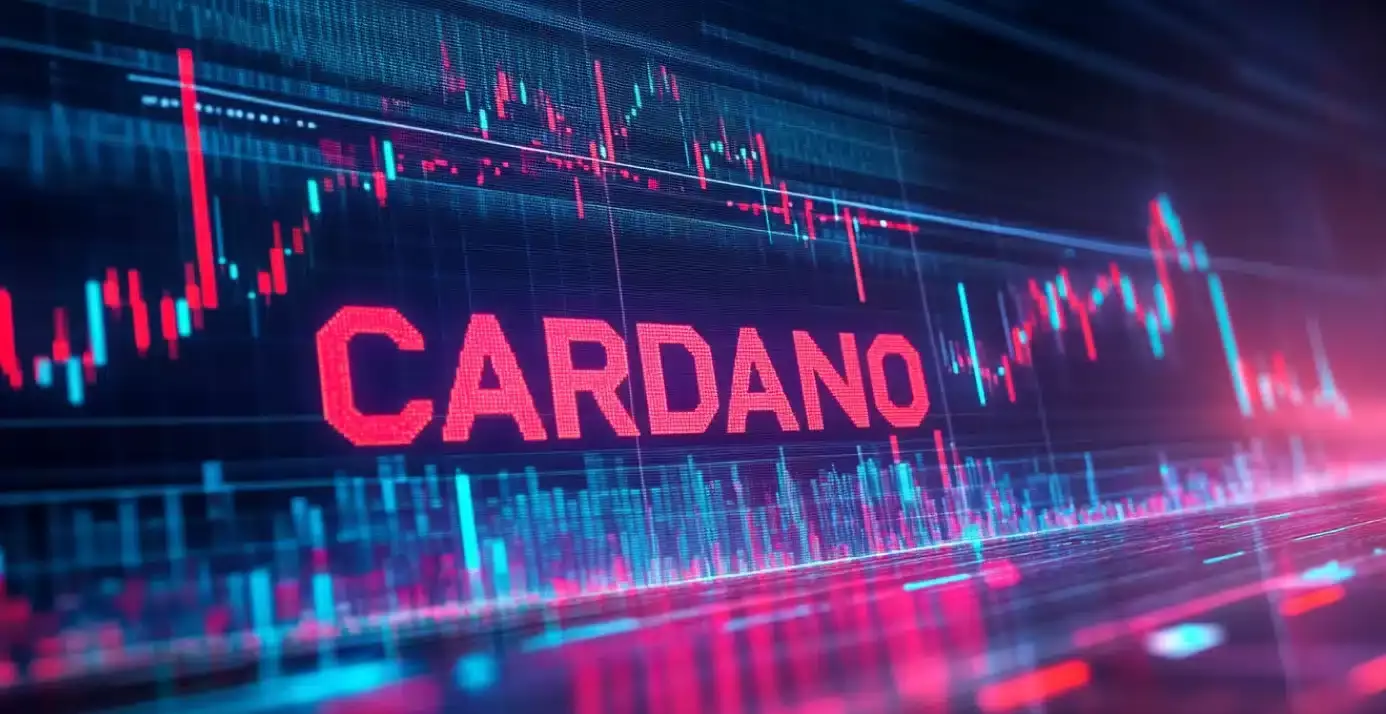In recent weeks, Cardano (ADA), a prominent player in the cryptocurrency landscape, has faced significant turmoil. Following the broader trend of a crypto sell-off, ADA fell to a distressing low of $0.70 on Sunday, marking a staggering 47% decrease from its peak in December. This decline is not an isolated incident; other altcoins like Polkadot (DOT) and Chainlink (LINK) have also experienced severe downturns, with drops of over 60% and 40% respectively. As the market navigates through these turbulent waters, it is essential to scrutinize the underlying factors contributing to Cardano’s struggles.
The current trend in the cryptocurrency market is characterized by a pervasive sense of fear among investors. This sentiment is reflected in the crypto fear and greed index, which recently plummeted to a fear zone rating of 35. Such readings indicate that many are opting to stay out of the market, a phenomenon that has been detrimental to Cardano’s price stability. The collective anxiety within the cryptocurrency community is further bolstered by economic uncertainties and negative news that have recently surfaced, which collectively paint a grim picture for altcoins.
Examining Cardano’s decentralized finance (DeFi) ecosystem reveals further challenges. According to DeFi Llama, the total value locked within Cardano’s DeFi projects has dwindled to $350 million, positioning it behind rival blockchain networks like Mantle, Cronos, Zircuit, and Berachain. This shrinking market share not only diminishes Cardano’s competitiveness but also raises concerns about its long-term sustainability in the evolving crypto landscape. Adding to this concern is Cardano’s minuscule market cap of $22.48 million in the stablecoin sector, which is notably overshadowed by giants like Tron, Ethereum, and Near Protocol.
The financial health of Cardano’s ecosystem is further called into question by its app revenue, which stands at a meager $1,236. For a network valued at over $30 billion, this figure is alarmingly low and suggests a lack of viable revenue-generating applications to attract active users. Moreover, with only 25,460 active addresses operating on the Cardano network, it raises serious red flags about user engagement and network utility.
From a technical analysis standpoint, the daily price chart for ADA illustrates a sustained downtrend, showcasing a slide from $1.3268 in November to the present low of $0.70. Key indicators such as the 50% Fibonacci retracement level at $0.80 and the 200-day moving average at $0.7230 have both been breached, signaling that the bearish sentiment is likely to persist. Furthermore, the breach of critical support levels, including the December swing low of $0.7610, suggests potential for further declines, possibly targeting last week’s low of $0.5597.
Cardano’s recent performance highlights a convergence of negative factors, including deteriorating investor sentiment, declining DeFi engagement, poor revenue generation, and critical technical breaches. Unless there is a significant turnaround or a shift in market dynamics, Cardano faces an uphill battle to regain its previous standing in the cryptocurrency realm. Investors and analysts alike will need to closely monitor future developments to gauge any shifts in this unfavorable trajectory.

